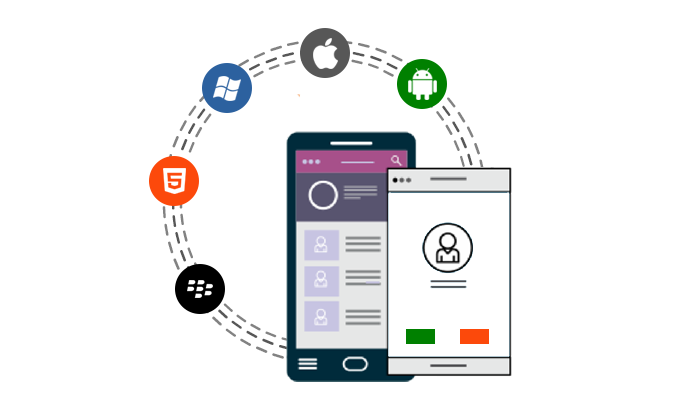Often, cross-platform apps are chosen by startups and small businesses for low-cost mobile app development. Also, there are other cases, when you should pay attention to this option when solving the dilemma – native app development or cross-platform.
What are the constraints of cross-platform app development?
Cross-platform app development may reduce development costs, provide shorter time-to-market, be easy to update and maintain, but it has got limitations in interface variety and has limited access to the whole range of operating systems and mobile hardware features. These things make cross-platform mobile app development unsuitable for such types of apps.
Which programming language is the best for cross-platform?
According to Statistics, software developers prefer using Flutter among other cross-platform app development frameworks in the first place in 2021. This is easy to understand, as, from the flutter app development company‘s engineers’ point of view, it possesses a range of useful things:
Stability- Because Flutter possesses its rendering engine, the apps developed on it are not affected by any OS update. Their interface will still look the same way. One more aspect of Flutter’s stability is version compatibility.
Architecture- Business Logic Components architecture makes the separation of the app’s user interface from the business logic easier, which makes UI independent from data.
Easy UI- Flutter’s kit includes a wide range of elements enough to build an app without any third-party libraries integration. Any UI element can be easily changed at any time.
From the customer’s perspective, it’s valued as a development technology that allows building mobile apps that work on different OSs. It comes out cheaper and gives the possibility to reach users of the most popular platforms – iOS and Android. Maintenance cost is also lower, compared to the situation of maintaining two native apps. Common codebase also results in quicker and cheaper testing. Still, it’s necessary to understand that cross-platform development in general, and Flutter, in particular, is not a silver bullet. Let’s consider cases when Flutter is ideal for your business or startup idea, and when it’s better to refrain from choosing this technology.
Which is best: native or cross-platform development?
When Flutter fits
Cross-platform development fits best for, for example, online stores, websites for tickets sale, news feeds such as Facebook or Instagram, sale of educational content by subscription, small things such as a to-do/shopping list. In general, the breadth of use burns down to these cases:
- When you want to target mobile users of both iOS and Android.
- The functionality and interface of the application are not complicated and, in principle, it can be implemented as a web application with an adaptive layout for mobile phones, but you want, for example, to use push notifications.
- Application size and super high performance are not important. The application does not use or is used to a minimum of the device’s features, such as Bluetooth, camera, sensors (temperature, pressure, gyroscope, etc.).

When Flutter doesn’t fit
In the cases, described below, Flutter is not suitable and it’s better to prefer native mobile app development (or will not be cheaper, or will lose the benefits of the native app):
- If it’s necessary to get the most out of your app’s performance for such applications as games, AR / VR apps.
- If you need an app of minimal size.
- In case your app is planned to address the mobile’s functions (already mentioned above).
- Applications with a complex interface and non-standard UI components. Security-critical applications where data encryption or biometrics is used.
Here are some apps examples that don’t go with Flutter: games, AR/VR applications, IoT applications (connect to TVs, watches, etc.), Internet banking, telemedicine, entertainment applications with a non-standard interface and a lot of animations, multimedia applications with video/image editing such as Snapchat.
Also Read: Most Important Six Stages of Software Development Life Cycle
Cross-platform app development cost. How much does it cost to develop a cross-platform app?
Application for sport events
Users can gather their commands, to take part in different events and competitions. The mobile version of the platform is estimated to be written on Flutter and includes some features, particularly:
- Login process;
- Possibility to join command using specific code;
- Home screen with standings, navigation bar, and short info about the next match;
- Screen with ladders and fixtures;
- Screen with team management and a possibility to add a new teammate;
- Capability to change team;
- Profile with all the necessary info (name, last name, phone number, email, etc.) with the capability to adjust it;
- Lineup screen for defining command composition on the upcoming match; project building and deployment in app stores.
Final Thoughts
As you can see, cross-platform apps are not a silver bullet for every business case, but they can be a perfect choice for small businesses and startups in terms of proof of concept, fast time-to-market, and lower development costs. Great apps like mobile stores, listings, to-do lists, schedules, bookings, etc. can be created. So, if you have any questions or decide to develop a cross-platform app, feel free to contact us. We’d be happy to help you with your project.


























